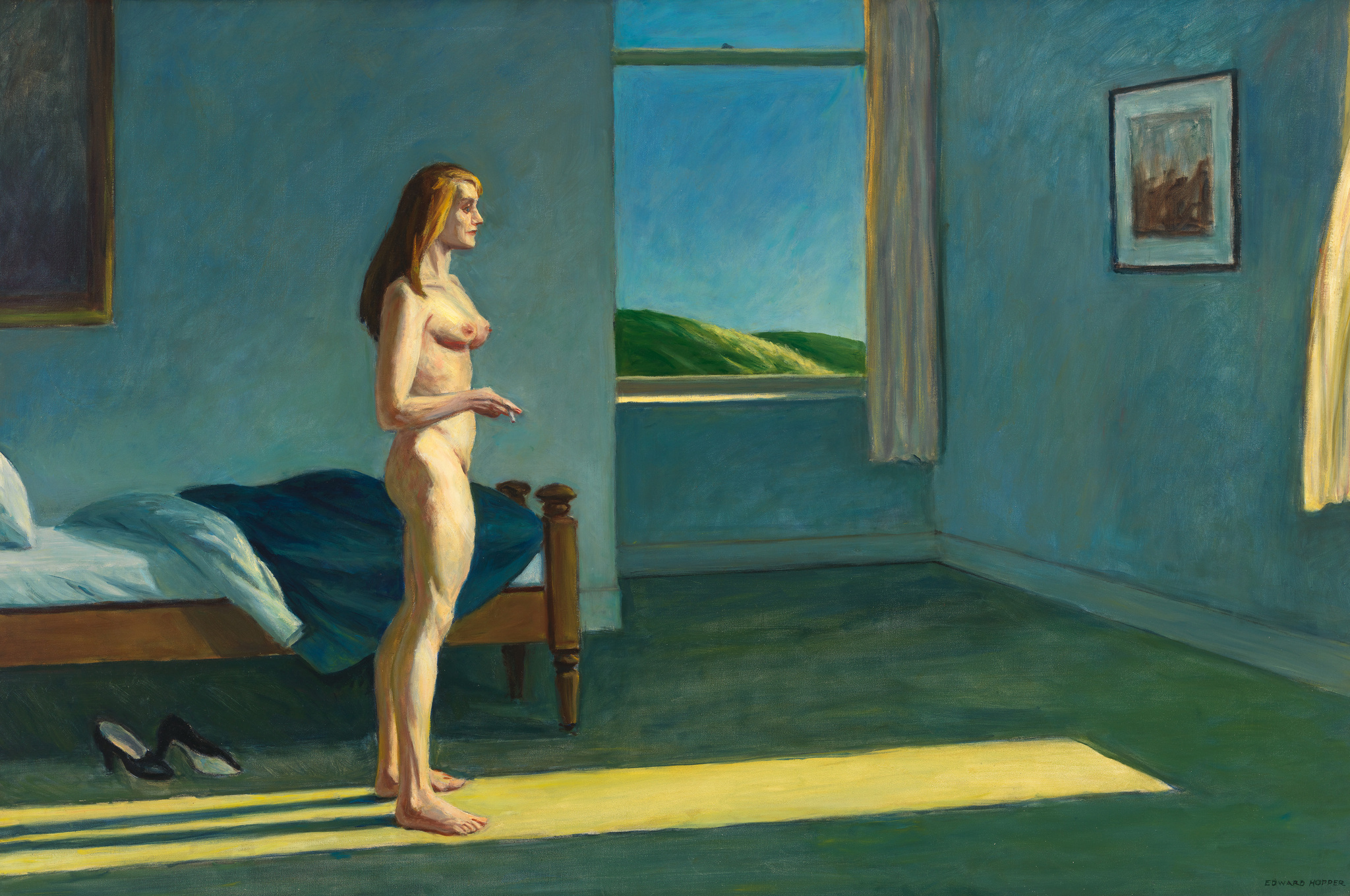Edward Hopper, The Sheridan Theatre, 1937
Oct 28, 2010
0:00
Edward Hopper, The Sheridan Theatre, 1937
0:00
Adam Weinberg: Like other artists of his era, Edward Hopper was a great observer of modern life. But while his contemporaries painted bustling dance halls and frenetic burlesque theaters, Hopper chose instead to paint an empty movie theater. Curator Barbara Haskell.
Barbara Haskell:Hopper was an inveterate moviegoer and spent a lot of his time watching movies so that he was familiar with movie houses in New York. And many of his pictures depict individuals in the seats of movie houses or, in this case, lookingover a banister of a movie house.
Adam Weinberg: Hopper witnessed an exciting period in cinema history: the introduction of electricity and sound, and then, the rise of the Hollywood motion picture. Movie theaters were themselves being transformed—from dark halls to movie palaces that featured luxurious and exotic settings.
Barbara Haskell: The Sheridan Theater was one that was very near his house. It was one of the huge movie houses in New York at that moment. 2,000 people could-could fit into the Sheridan Theater.
Adam Weinberg: However what Hopper was after was not a literal representation of its interior.
Barbara Haskell: What Hopper would often do is he would make sketches of movie houses. And then, what actually appeared in his picture was a composite of various movie houses that he would pull together to create the image that he felt represented or mirrored what was in his mind.


